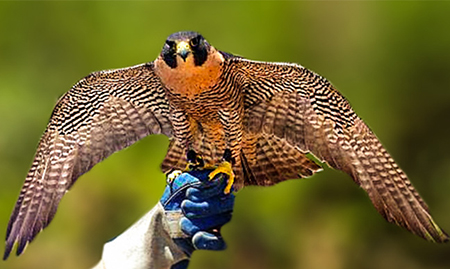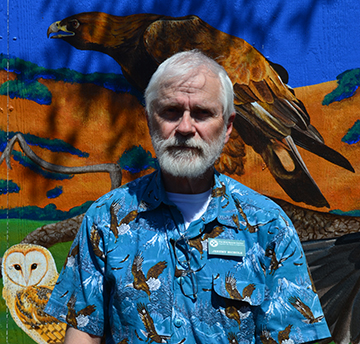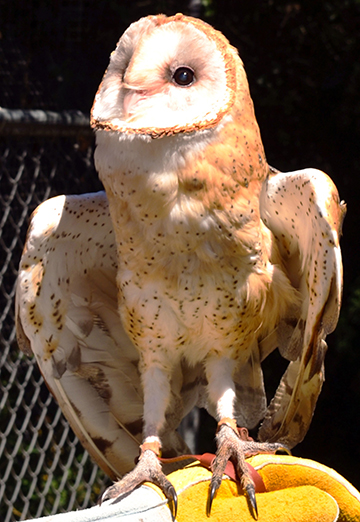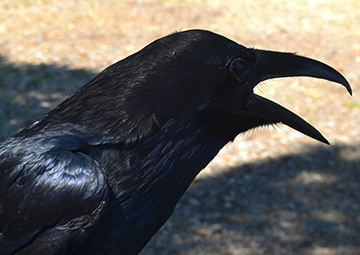Interview with J. Nichols – the Bird Rescue Center of Sonoma
Stepping into the front yard of the Bird Rescue Center in Santa Rosa, we immediately saw a beautiful Peregrine Falcon perched on its handler′s arm with bright yellow eyes as well as a yellow beak and claws. Surrounded by human adults and their excited children, the falcon was proudly displaying his wings with majesty, surveying his environment. It is just one of the birds that were rescued by the Center and are now permanent residents. These birds could not be released back into the wild due to injuries or illness and so the Center has become their permanent home where they receive love and care for the rest of their lives.

Inside the facility, staff was busy receiving visitors and answering questions. This was their monthly Open House when the public is welcome to visit the Center. Though the place was packed, it was filled with hospitality and enthusiasm. Many kids were excited to see these beautiful resident birds and eager to learn about their habitat, how they got injured, etc. In addition to the falcon, we also saw a Barn Owl, a Red-tailed Hawk, a Great Horned Owl, and a raven being introduced to the crowd. Each one stood on an experienced handler′s arm and looked at the crowd with no fear except for the raven who had lost his eyesight after being hit by a car. Even though he could not see, he also remained calm.

At the Open House, we were honored to meet the Chairman of the Center, Jeremy Nichols. Mr. Nichols was very kind, answering our questions and showed us around the Center. The Center was established in 1976 and moved to the current facility in the 1980s. Recently the Center has been given a larger piece of land in the town of Cotati. In order to relocate to Cotati, the Center needs to raise money to build a 6,000 square-foot facility with an animal hospital before they can move.

According to Jeremy, many of the injured wild birds that the Center treats were hit by cars. When the birds hunt at night, their attention is focused on their prey, especially the ones running across paved roads, and so do not see the oncoming cars.
The Center also treats birds that are too weak from starvation to hunt. Their condition is often due to being inexperienced hunters or to migrating too late in the season so food sources are not adequate. Wild birds are taught to hunt by their parents at a young age. The only opportunity to learn hunting skills occurs during a small window of time of just a few months. If they fail to learn those skills at that time, they are unable to ever learn to hunt. If these birds were fed by people when they were young and did not have the chance to learn hunting, then they will never be able to hunt on their own and will be reliant on people to feed them for the rest of their lives or else they will starve.
Other birds were stricken by disease, gunshots, or poisons.

Every bird that the Center treats is documented and reported to State and Federal Fish & Wildlife. The Center also works closely with the UC Davis Research Center. On site, they have a small medical facility where they perform blood tests and other medical procedures.
The Center receives and treats approximately 3,000 birds and 120 species every year. Most of them are local species; the few exceptions are migratory birds that get hurt during storms or by other means when on their way South. There are about seven staff members (full- and part-time) in addition to roughly 100 volunteers. Clearly, they are insufficiently staffed to treat so many injured birds. Nichols is planning to hire a few more staff members when the Center moves to the new location.

Through Mr. Nichols′ explanations, we had a peek into how much is involved in running a rescue center for wild birds in our community. It needs assistance from all levels — bureaucratic, medical, administrative, and local volunteers. We would like to bring the public′s attention to the important work that the Bird Rescue Center has embarked on for more than 40 years. If you are able, please provide help so that the Center can move to its new location soon.
The Bird Rescue Center′s Website